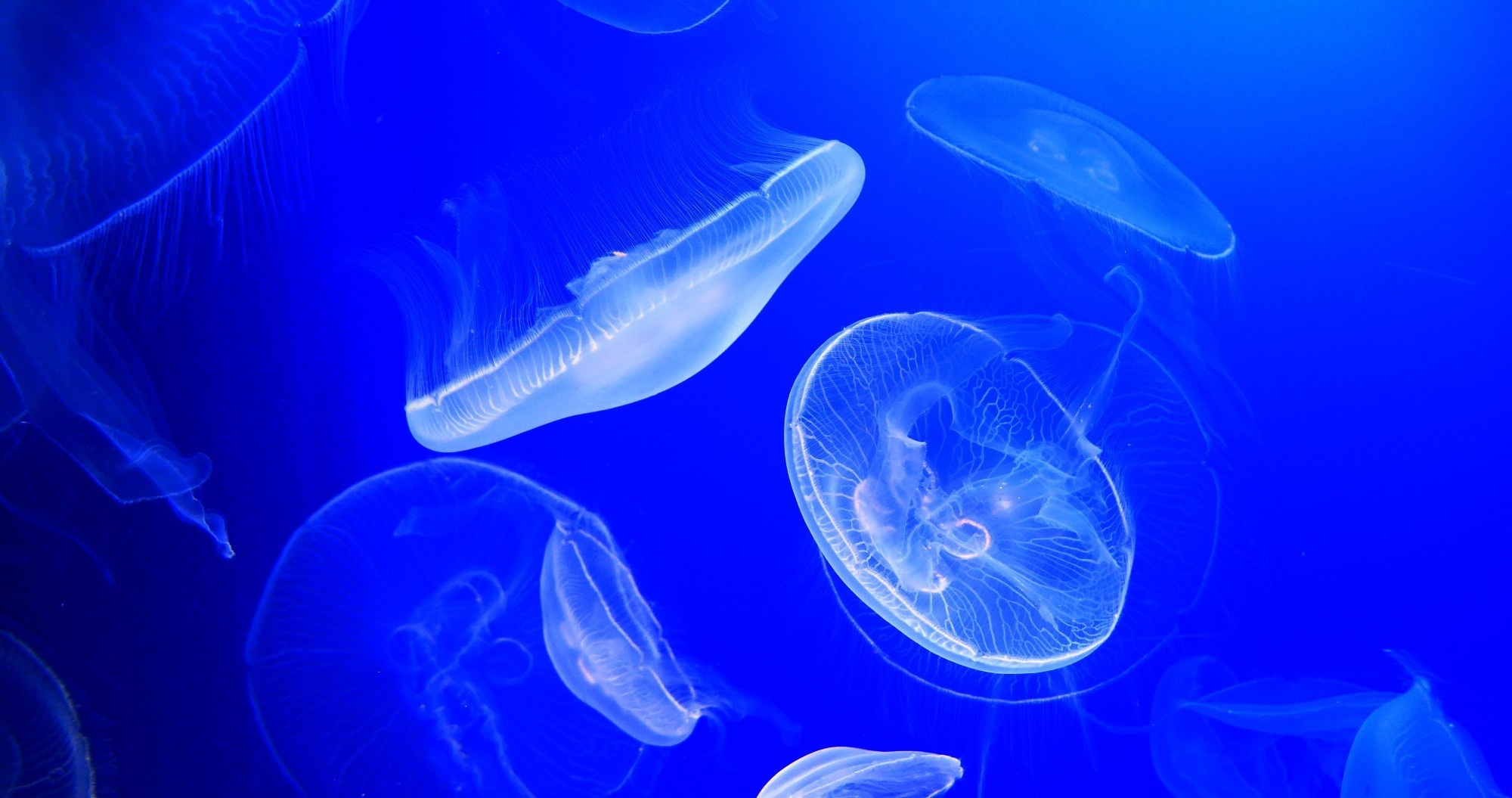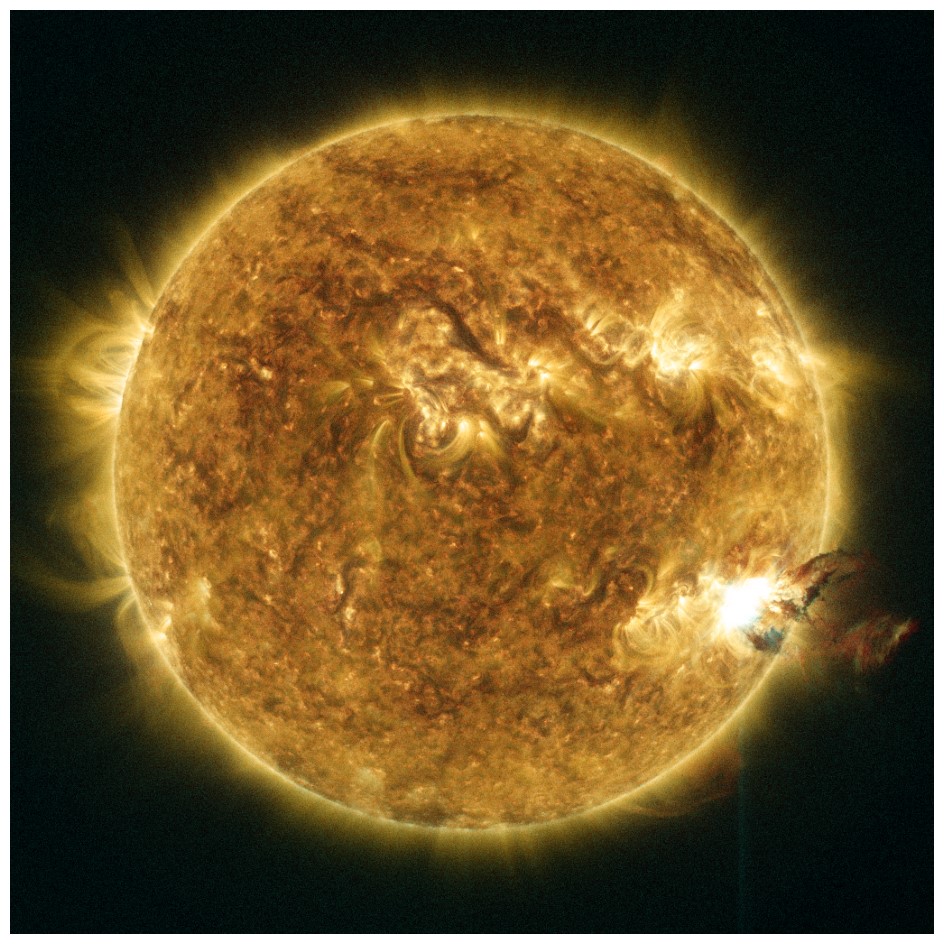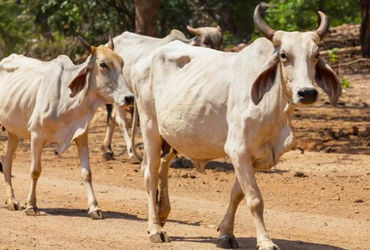AI Generated Newscast About Sandy Coastlines: The Shocking Methane Emission Discovery!

Have you ever thought of sandy coastlines as mere vacation spots? Well, hold onto your beach towels because a groundbreaking study has just revealed that these sandy shores are not just pretty faces in our climate narrative—they're silently emitting methane, a greenhouse gas that can warm the planet at a shocking pace.
Research from Monash University has turned our understanding of coastal ecosystems upside down. Traditionally, we’ve celebrated seagrass beds and mangroves for their role in carbon capture, envisioning them as our guardians against climate change. But there’s a hidden twist to this story: sandy coastlines are also contributing to greenhouse gas emissions, particularly methane, which is far more potent than carbon dioxide.
Professor Perran Cook, a biogeochemist at Monash, is at the forefront of this eye-opening research. He emphasizes that this discovery challenges our fundamental beliefs about marine ecosystems. “This new finding not only challenges a fundamental assumption in marine science, but calls into question what we thought we knew about the role of sandy coastline ecosystems in greenhouse gas production,” he stated.
To put it simply, these sandy shores aren’t just sitting pretty; they’re leaking methane—much of it stemming from the breakdown of seaweed and seagrass. This means that the carbon storage gains we attributed to these coastal ecosystems might be less significant than previously understood.
The researchers conducted their fieldwork in Australia’s Port Phillip Bay and Westernport Bay and in Denmark’s Avernakø region. They discovered that microbes living in sandy sediments can thrive in oxygen-rich environments while producing methane. This is a groundbreaking revelation, as scientists have long believed that such bacteria, known as methanogens, could only survive in oxygen-free zones.
Tests from the study identified two new strains of these hardy microbes. They consume the remnants of decaying seaweed and seagrass, and astonishingly, they can quickly recover and resume methane production even after being exposed to oxygen. This rapid recovery is unmatched when compared to the slower processes observed in soils or rice fields.
How exactly do these unique microbes produce methane? They utilize a process known as methylotrophic methanogenesis, preferring compounds released during the decay of marine plants, such as trimethylamine and choline. Other food sources like acetate or hydrogen weren’t effective in stimulating methane production, highlighting the special relationship these microbes have with marine plant decay.
But it gets even trickier. Warmer water temperatures lead to more algae, which then wash ashore and rot, releasing more methane into the atmosphere. This creates a vicious cycle where the conditions themselves exacerbate the problem. Professor Cook warns that with rising sea temperatures and an increase in nutrient pollution, we're facing more frequent algal blooms that significantly contribute to methane emissions.
Interestingly, the study revealed that methane emissions from these sandy coastlines can rival those of wetlands, already known for their high methane output. In fact, the average methane flux is comparable to mangroves and salt marshes, making sandy coastlines surprisingly influential in the global methane budget.
The research team found that these resilient methanogens, classified under the genus Methanococcoides, can pause their methane production when oxygen levels spike but quickly bounce back once conditions normalize. Their genomic analysis showed that these microbes are equipped with antioxidant defenses, allowing them to thrive in fluctuating coastal environments.
However, not all sandy coastlines behave identically. Seasonal variations and the growth and decay of different seaweed and seagrass species can lead to varied methane production. Factors such as warm waters, nutrient availability, and grazing pressure also play pivotal roles. With human activities like fertilizer runoff exacerbating the situation, this rapidly cycles into further algal blooms, providing additional fuel for methane-producing microbes.
Study lead author Ning Hall, a Ph.D. candidate at Monash, underscores the need for further research. “From here, we need to understand this process in more detail,” Hall said. Future studies will focus on how different species of seaweed and local ocean conditions impact methane emissions, helping refine climate models for a more accurate picture of how much methane coastal ecosystems emit.
This study fundamentally reshapes our perception of sandy beaches. While they serve as carbon reservoirs, they also act as unexpected methane sources. The interplay of microbes, decaying marine plants, and changing ocean conditions will determine their net effect on greenhouse gas emissions.
As scientists shed light on this often-overlooked aspect of coastal ecosystems, it becomes clear that sandy coastlines can’t simply be labeled as climate allies. They're dynamic players in the greenhouse gas equation, and they deserve a prominent place in future climate strategies. The findings are published in the prestigious journal Nature Geoscience.


















